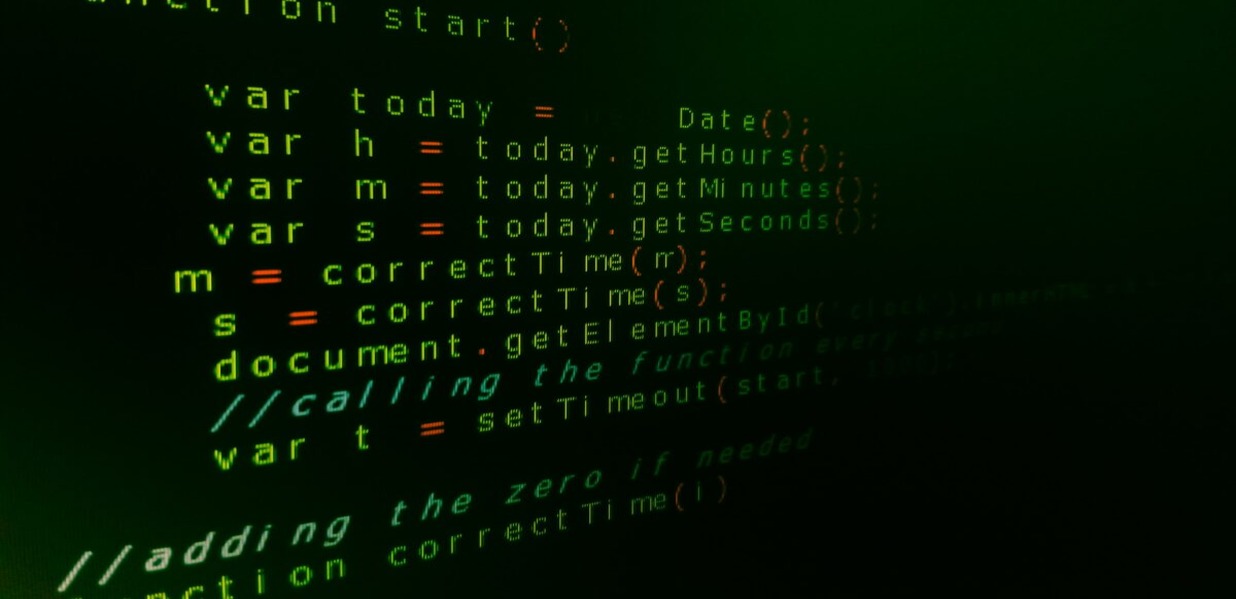


Machine learning is a subsidiary part of artificial intelligence and has been used in many applications worldwide. It is software that develops models and algorithms for multiple applications.
Machine learning services can be used to find distinct patterns and identify things from a group of mixed things. The model or program runs based on the previous data that has been fed to the system.
In machine learning, past data is so important in order to get a quality result. In this day and age, it is not a challenging task to generate loads of data, especially when people are creating a ton of data right from morning to night when they are going to bed.
If you keep that aside, machine learning is an essential part of artificial intelligence — mainly because we derive most of the applications from machine learning rather than other subsets of artificial intelligence.
Machine learning identifies, recognizes, recommends, suggests, and describes things mainly from the designed models. These models are arithmetic operations or arithmetic iterations of a system based on a predetermined set of values.
Based on those values and numbers, the models are designed and classified. There are several machine learning models, and we are going to discuss some of them in this article.
Before we dive deep into the subject, let us have some knowledge about different learnings briefly. In machine learning models, we have three kinds of learnings, and they are:
Y=f(x)
Okay, that is all about different learnings. Before I talk about machine learning models, I need to clear some air between machine learning models and machine learning algorithms.
First, the machine learning algorithm differs completely from the machine learning model.
Now, you know the difference between the machine learning model and machine learning algorithm. Let's jump right into the machine learning models.
There are multiple machine learning models that are out there. It's difficult to pick the best machine learning model out of the many models. Moreover, each model has its own advantages and disadvantages, so it is important to realize which model is a good fit for your application out of the lot.
However, we don't need to worry about the best fit since we have an automated machine learning model that chooses the best fit out of the many machine learning models. Having said that, it is still important to know the operations of different machine learning models, so it never seems that machine learning is some kind of black-box magic.
So the following are the different machine learning models:
The classification model divides a bunch of similar things in a group into two or more groups based on the pattern. Classification model outputs are discrete. It always predicts output categorically. There are a few classification models in machine learning, and they are:
All the above models are classification models that are based on the same principle of classifying an entire group of things into multiple groups based on the target.
In regression models, we have a set of input variables to determine the output, and the output is always continuous. For instance, we can determine the temperature of a city, the price of a house, and many more. The following are some regression models:
Clustering models are a grouping of similar objects together in a plot from a bunch of grouped objects which are unlabeled. The clustering model is unsupervised learning that has no labeled data to train. The unlabeled data groups the data that is similar to each other within the same cluster as to the data of another cluster.
Some examples of clustering models are:
We all know that there are multiple input variables that affect the output variable. But many of those variables are really not that effective in terms of impact on the output. This model really helps in reducing the number of input variables that are less effective in influencing the output variable. This is also popularly called feature extraction or feature elimination model.
Some dimensionality reduction models are:
Deep learning is a subset of artificial intelligence just like machine learning, but the only difference between machine learning and deep learning is that deep learning is an advanced version of the machine learning model.
Machine learning models can only work on the model/algorithm of the data set created by the human, but deep learning goes one step ahead and mimics the human brain and learns on its own. This is exactly what deep learning is.
Some deep learning models are:
Above are a few models that we can use to predict the targeted output from a set of data inputs. Alright! Now that we know about some machine learning models — let us look at how we can choose the best machine learning model that suits your business.
This question will create a headache for any business. That is the reason I wanted you to have an idea about every model, so you can come to one conclusion regarding your requirements and how many iterations you need for the model. Finally, I will always recommend cross-checking the results.
Anyway, the following are some applications that different models offer to people:
There are many machine learning companies in India, and everyone provides exemplary services. Based on your specifications and goals, select a machine learning model for your business. This is what you should know about different machine learning models. I hope you will be successful in implementing and executing these machine learning models in your business and succeed.
See you in the next article.

Hey! I'm Balbir Singh, seasoned digital marketer at Infiniticube Services with 5 years of industry expertise in driving online growth and engagement. I specialize in creating strategic and ROI-driven campaigns across SEO, SEM, social media, PPC, and content marketing. Passionate about staying ahead of trends and algorithms, I'm dedicated to maximizing brand visibility and conversions.
Our newsletter is finely tuned to your interests, offering insights into AI-powered solutions, blockchain advancements, and more.
Subscribe now to stay informed and at the forefront of industry developments.